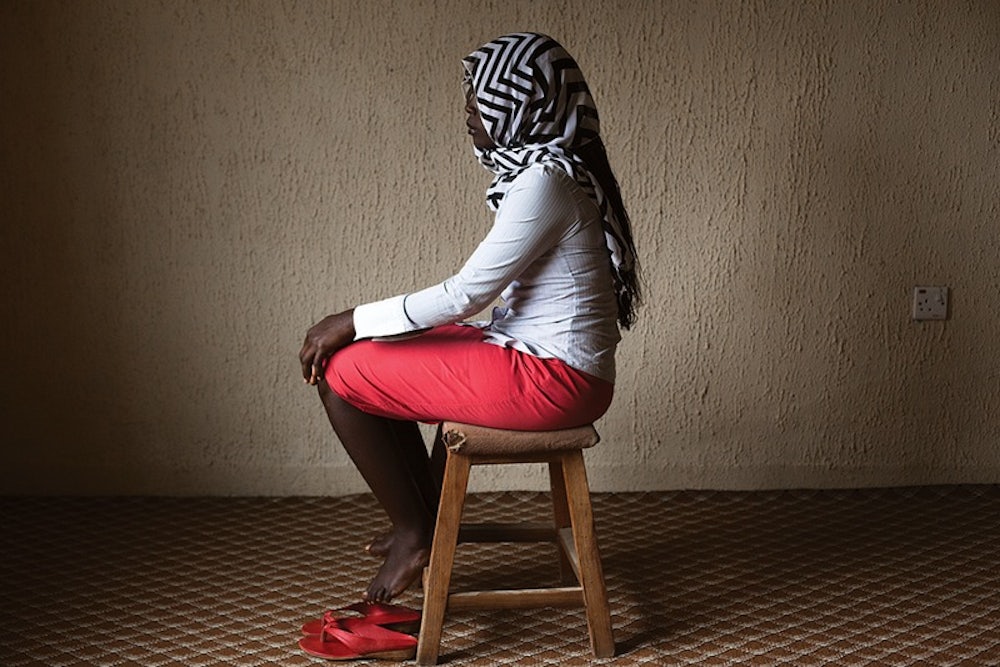In the spring of 2013, 19-year-old Lydia (not her real name) was traveling home from school. She’d accepted a ride from a stranger, but as the car barreled into Nigeria’s Sambisa forest, she realized she’d been deceived.
Boko Haram militants seized Lydia from the car, making her one of the thousands of women and girls kidnapped by the group over the past six years. At their camp, she didn’t eat for three days, fearful after hearing rumors of cannibalism that her food might be human flesh. She was given a hijab and warned not to cry. Crying gets you killed.
Since 2009, Boko Haram has killed 20,000 people and displaced 2.5 million in its quest to establish an Islamic caliphate in northern Nigeria. The group made international headlines in 2014 for abducting 276 girls from a school in Chibok. That same year, it overtook ISIS as the deadliest terrorist organization in the world. Female victims are forced to convert to Islam, and many are sold into marriage or raped.
Ruth McDowall, who has been living in Nigeria since 2009, began photographing survivors of Boko Haram abductions in 2014. Her subjects all face away from the camera, to protect them from both repeat attacks and community stigma.
Lydia was freed after three days—her captors realized her uncle was a fellow member and let her go—but she still has nightmares of Boko Haram leader Abubakar Shekau. Most aren’t so fortunate: Of the nearly 300 girls kidnapped in Chibok two years ago, 219 are still missing.
This week, Ruth McDowall takes over the New Republic’s Instagram account at @NewRepublic. A native of New Zealand, Ruth is based in West Africa and documents issues in Nigeria and Ghana. She will be posting images and stories of the “Malaiku” girls who have survived kidnapping.

